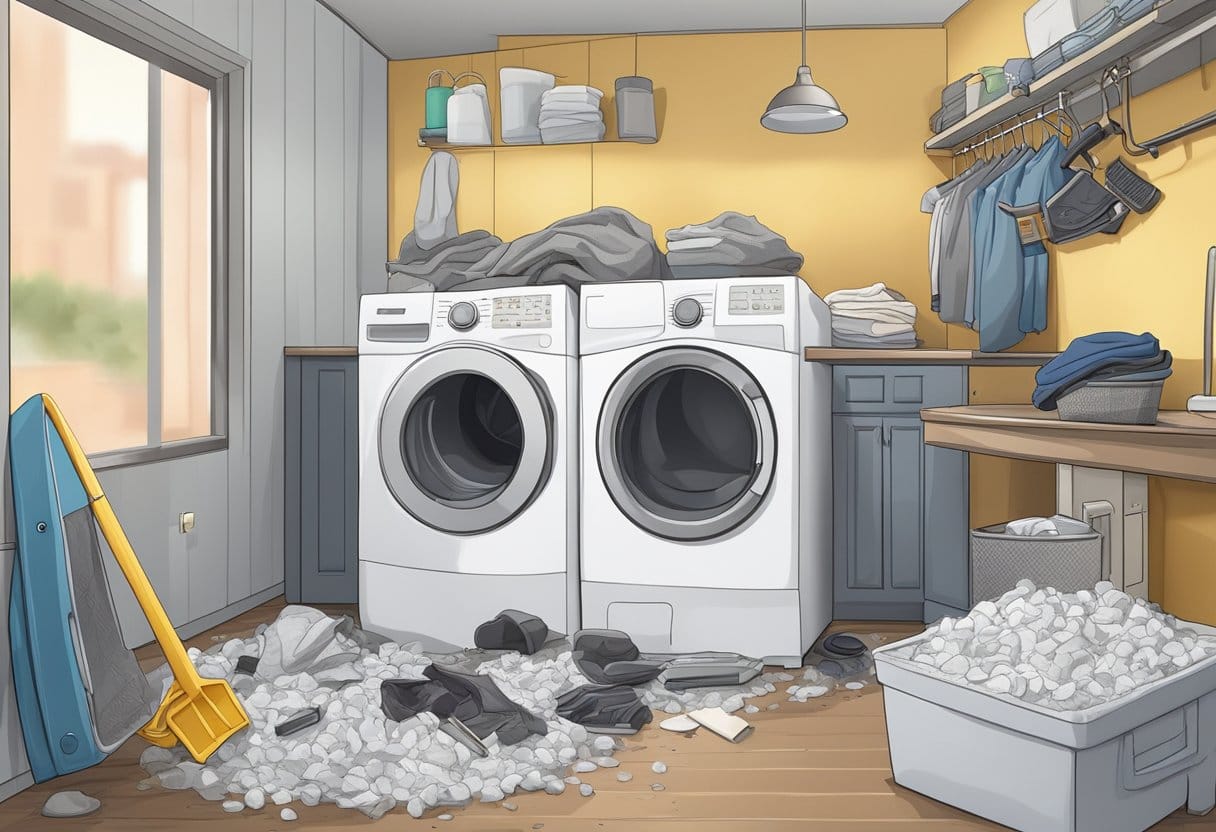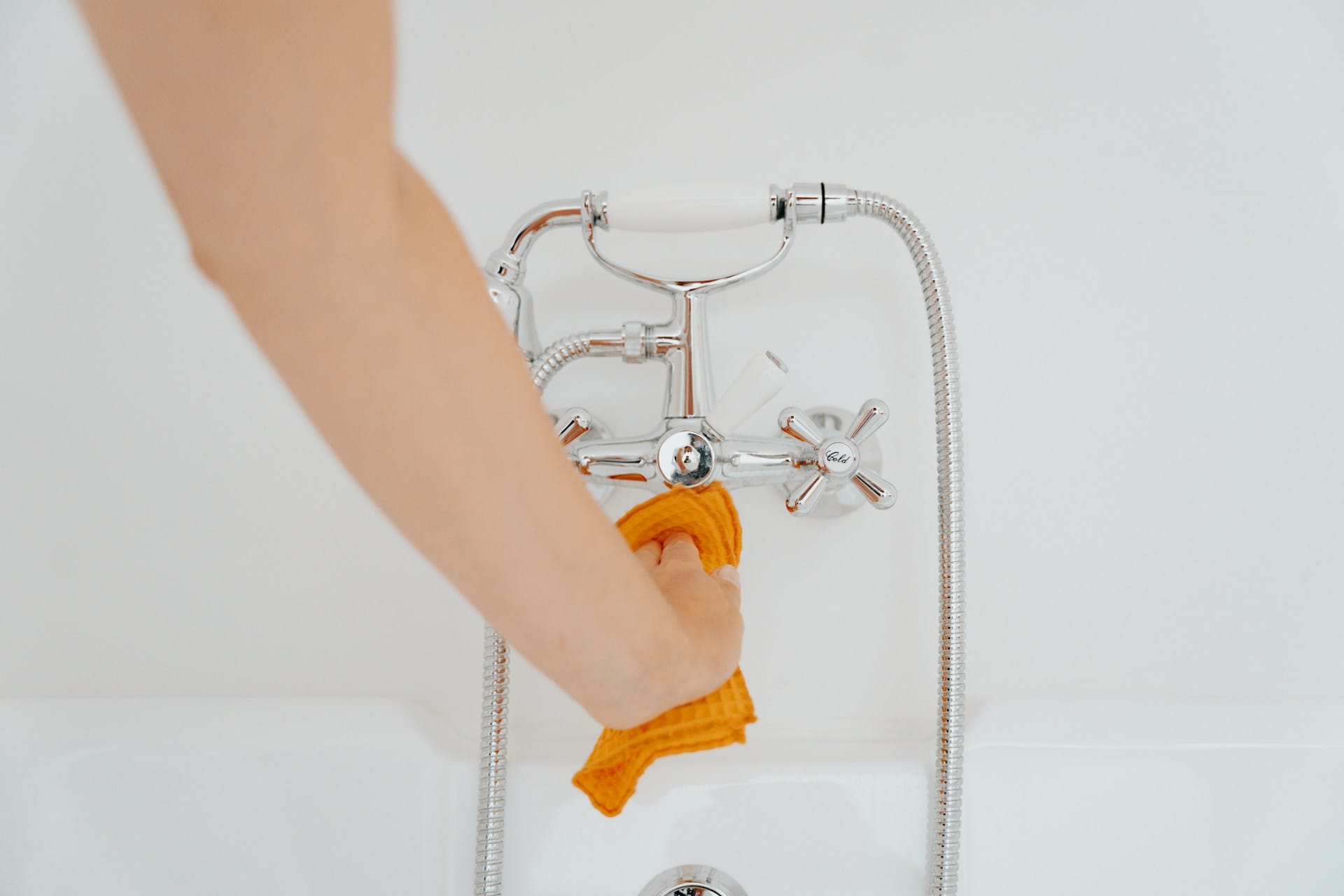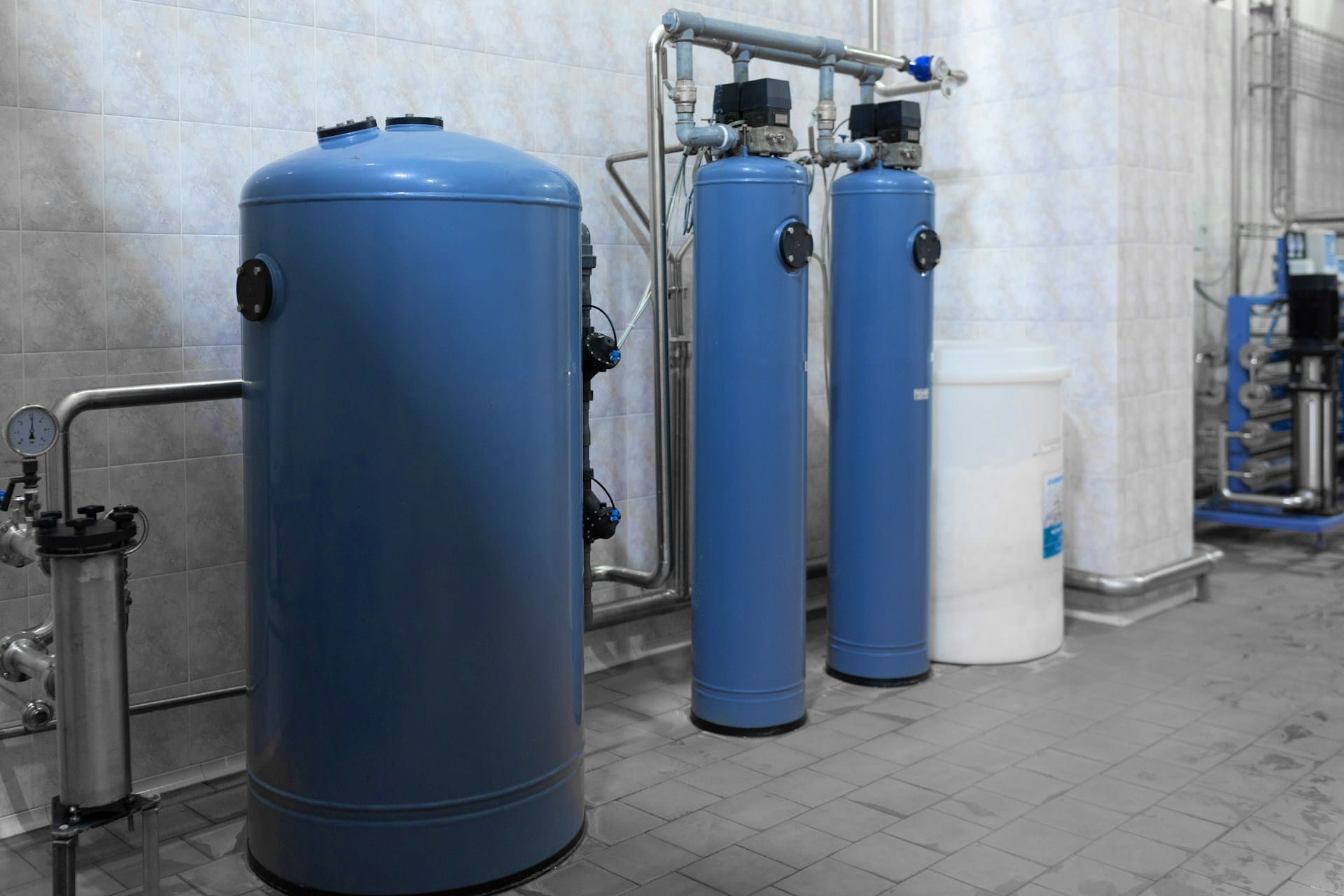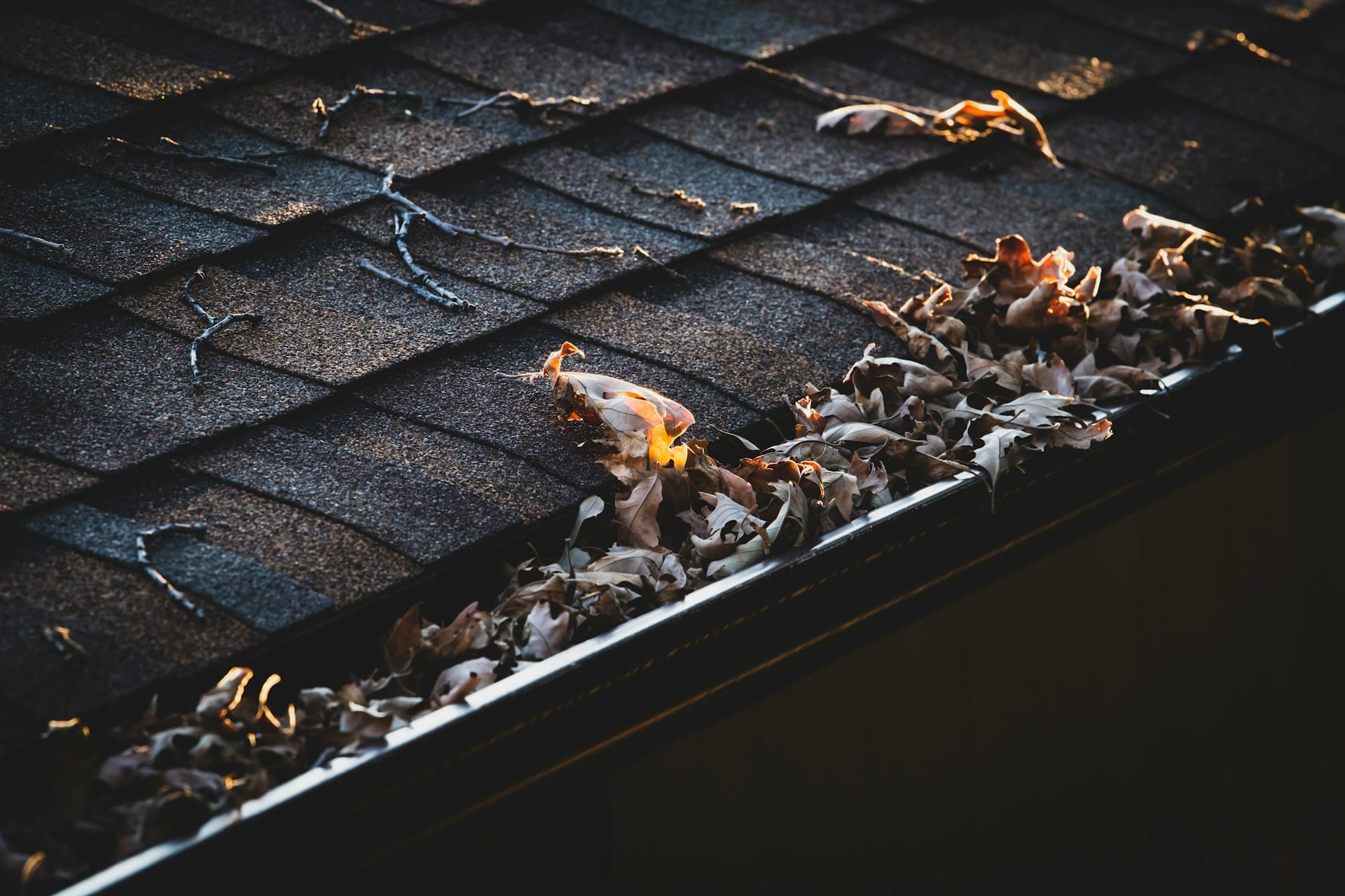Regular maintenance of your dryer is crucial, especially when managing lint traps in condos. Failing to address lint buildup can lead to more than just performance issues; it can damage your dryer and present fire hazards. Proper lint trap maintenance not only enhances your dryer’s efficiency but also prevents costly repairs or replacements.
If you’ve noticed reduced drying performance or excessive heat, your lint trap might require attention. In condos, shared systems can lead to faster lint accumulation, making it vital to clean your dryer vents at least once a year. Effective cleaning ensures that your dryer operates optimally and helps avoid serious damage that can disrupt your daily routines.
Understanding how to maintain your lint trap and when to seek professional help can save you time and money. Preventive care plays a significant role in extending the lifespan of appliances, allowing you to enjoy stress-free laundry days.
Understanding Dryer Lint Traps and Vents
Proper maintenance of dryer lint traps and vents is crucial for the efficient operation of your dryer. An understanding of these components can help you avoid safety hazards and extend the life of your appliance.
Importance of Lint Trap Maintenance
The lint trap plays a vital role in your dryer’s functionality. It captures lint and debris from your clothing, which can otherwise cause blockages. When not regularly cleaned, the lint trap can become clogged, restricting airflow. This leads to increased drying times and can even cause the dryer to overheat, presenting a fire hazard.
Regularly checking and cleaning your lint trap after each load is essential. According to maintenance experts, neglect can lead to system failures and increased energy consumption. This not only affects performance but can also escalate your utility bills.
You should incorporate lint trap cleaning into your routine. This simple practice can help ensure safe dryer operation and enhance drying efficiency.
Different Types of Dryer Vents
Dryer vents come in various types, each designed for specific setups. Knowing which type you have can help you understand the maintenance needs better.
- Rigid Metal Vents: These are the most recommended due to their durability and effective airflow. They minimize lint buildup and offer strong protection against fire hazards.
- Flexible Plastic or Aluminum Vents: While easier to install, they can accumulate lint more quickly. This type is generally less advisable and may require more frequent inspection and cleaning.
- Semi-Rigid Vents: A compromise between rigid and flexible, these are more flexible than metal but still maintain good airflow.
Proper maintenance of your dryer vents, regardless of type, is crucial to prevent blockages. Regular cleaning not only promotes performance but also enhances safety.
Preventative Measures to Protect Your Dryer
To keep your dryer functioning efficiently and safely, focus on regular maintenance routines and being aware of potential fire hazards. Implementing these strategies will help minimize risks and extend the lifespan of your appliance.
Regular Cleaning and Maintenance
Cleaning your dryer and its components regularly is vital. Start with the lint screen; remove lint after every load to maintain airflow. Clogged screens can lead to overheating and reduced efficiency.
Schedule deeper cleaning of the dryer vents every six months. Use a professional service or a vacuum attachment designed for this purpose. This will help prevent lint build-up in the venting system, reducing fire hazards.
Consider investing in dryer maintenance services, like those offered by Totally Maintained, to ensure thorough inspections and cleaning. Regular upkeep not only promotes safety but can also prolong the life of your dryer.
Identifying Fire Hazards
Being proactive about fire safety is crucial. Regular inspection of your dryer and surrounding area is necessary to spot potential fire hazards. Check the venting system for any signs of blockage or damage.
Ensure that no flammable materials are stored near the dryer. Maintain clear pathways around the appliance to allow for proper airflow.
Make it a habit to educate yourself about the signs of problems, such as unusual noises or burning smells, as these may indicate a malfunction. By understanding these risks, you can take immediate action to safeguard your home against fires caused by dryer appliances.
Steps for Safe Lint Trap and Dryer Vent Cleaning
Cleaning the lint trap and dryer vent is essential for maintaining your appliance and preventing hazards. The following steps will guide you through using a dryer vent cleaning kit and the options for professional versus DIY cleaning.
Using a Dryer Vent Cleaning Kit
A dryer vent cleaning kit is a practical tool for maintaining airflow in your dryer system. The kit typically includes flexible rods and brushes designed to remove lint buildup from the vent.
- Preparation: Before starting, unplug the dryer and remove the lint trap. This ensures safety while you work.
- Assemble the kit: Connect the rods according to the manufacturer’s instructions. Ensure they are secure to prevent breakage during cleaning.
- Insert the brush: Feed the brush into the vent, moving it back and forth. This action loosens the lint and debris.
- Use the vacuum: If possible, attach a vacuum to the vent to suck out loose lint as you clean. This provides a more thorough clean.
- Caution: Be mindful of any sharp edges inside the vent and avoid pushing too forcefully to prevent damage.
Professional Versus DIY Cleaning
Choosing between DIY cleaning and hiring a professional depends on your comfort level and the extent of the lint buildup.
DIY Cleaning: This option is cost-effective and allows you to maintain your schedule. With a dryer vent cleaning kit, you can regularly check and clean your dryer vent. Ensure you follow safety guidelines.
Professional Cleaning: Hiring a professional offers expertise and thoroughness. They have specialized equipment that can reach deeper into the vent system, removing more accumulated lint. This can be particularly beneficial for condos or homes with long venting systems.
Ultimately, if you feel uncertain about the process, consider engaging a professional service to ensure thorough cleaning and safety.
Troubleshooting and Repair after Damage
When a dryer suffers damage during lint trap maintenance, it’s crucial to identify the specific issues and the best path for repair. Understanding how to assess damage and finding experienced professionals can save you significant time and costs.
Identifying Damage to Dryer and Motor
Start by unplugging your dryer for safety. Check the exterior for any visible signs of damage, such as cracks or dents. Next, inspect the lint trap area thoroughly. If you hear unusual noises, it may indicate a problem with the motor. Make sure to locate your dryer’s model number, as this information is vital for part replacements.
Open the dryer door and check the drum for any obstructions or disconnections. Inspect the motor for frayed wires or signs of overheating. If the dryer fails to start, the issue may be electrical or mechanical, necessitating further investigation.
Common symptoms to note include:
- Unusual noises: Grinding or squealing sounds may signal motor issues.
- Drum not turning: Indicates a possible motor malfunction.
- Burning smell: Could indicate overheating components.
Taking detailed notes about the observed issues aids during the repair process.
Finding the Right Professional for Repairs
When selecting a repair professional, prioritize those with experience specifically related to your dryer model and type. Look for reviews or ask for references from neighbors or friends who have previously used their services.
Make sure to inquire about certifications and warranties on their work. A good technician will provide a clear explanation of the diagnosed issues, outline necessary repairs, and give estimates of costs involved.
Additionally, confirm that they understand the importance of preventive maintenance. This knowledge ensures your appliance receives care that prolongs its lifespan. Make use of professional services designed for comprehensive home maintenance when necessary, as they help avoid future damage and save time.
Enhancing Efficiency and Extending Dryer Lifespan
Regular maintenance is essential for optimizing dryer performance and prolonging its lifespan. Focusing on specific maintenance tasks can prevent issues that lead to longer drying times and costly repairs.
Impact of Maintenance on Drying Time
Cleaning the lint trap after every use is crucial for maintaining good airflow. A clogged lint trap can increase drying time and may even pose a fire hazard. You should also consider cleaning the dryer vent regularly. A clear vent allows moisture to escape efficiently.
Implementing a routine maintenance schedule can significantly reduce drying times. This includes checking for blockages and performing a thorough cleaning. Performing these simple tasks can result in very good efficiency and extend the life of your dryer while saving you on energy costs.
Gas Dryer Considerations
For gas dryers, ensuring proper ventilation is vital. You need to check the gas line and venting system regularly. Proper ventilation helps prevent overheating and carbon monoxide buildup, which can be dangerous.
Additionally, consider having a professional clean your dryer’s exhaust duct annually. This step helps maintain optimal performance and enhances efficiency. Regular checks will keep your gas dryer running smoothly and reduce the risk of unexpected breakdowns. Taking these precautions can significantly extend the lifespan of your appliance.
Frequently Asked Questions
This section addresses common concerns regarding dryer damage during lint trap maintenance in a condominium. You’ll find information on costs, insurance coverage, maintenance responsibilities, and proper cleaning procedures.
What are the potential costs of repairing a dryer damaged during lint trap maintenance?
Repair costs can vary significantly based on the extent of the damage. Minor repairs might range from $100 to $300, depending on the specific components that need fixing. Major issues that affect the motor or wiring can lead to expenses of $500 or more.
Can damage to a dryer during lint trap maintenance in a condo be covered by home insurance?
Typically, home insurance may cover damage if it results from a sudden accident or malfunction. Ensure you check with your policy details and contact your insurance provider for guidance on your specific situation. Documenting the damage and maintenance history can support your claim process.
What is the process for replacing a ceiling lint trap in a condominium?
Replacing a ceiling lint trap involves several steps. First, you should turn off the power and disconnect the dryer. Next, access the ceiling trap by removing the cover. Clean out any accumulated lint and replace the trap with a new unit, ensuring proper sealing to prevent air leaks.
Are condo owners responsible for cleaning their own dryer vents, or is this handled by building maintenance?
In many cases, condo owners are responsible for cleaning their own dryer vents. However, some buildings may offer maintenance services for this task. Refer to your condo association’s regulations to clarify your responsibilities regarding dryer vent cleaning.
How often should secondary dryer lint traps be maintained or replaced?
It is advisable to maintain and clean secondary lint traps at least once a year, particularly in condos where lint buildup can occur more rapidly. If you notice reduced efficiency or increased drying times, check and clean the trap more frequently.
What steps should be taken to properly clean a dryer vent in a condominium setting?
To clean a dryer vent effectively, first disconnect the dryer and clear surrounding areas. Use a vacuum or a specialized brush to remove lint from the vent pipe and the lint trap. It’s also essential to inspect the exterior vent cap for blockages, ensuring unobstructed airflow.












